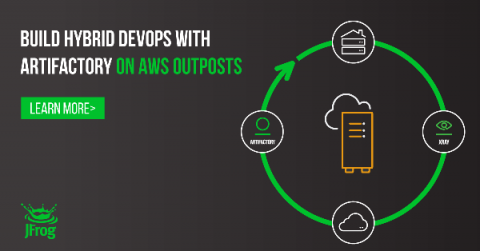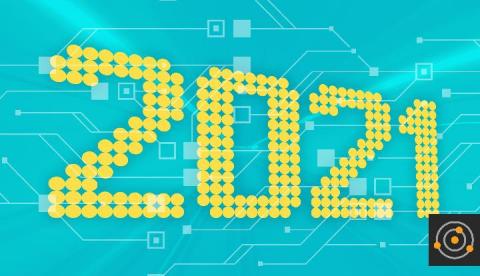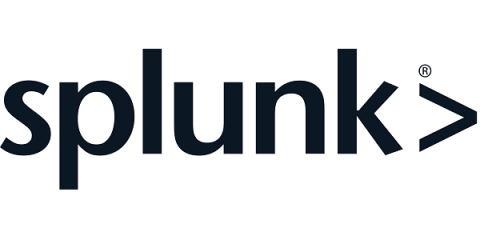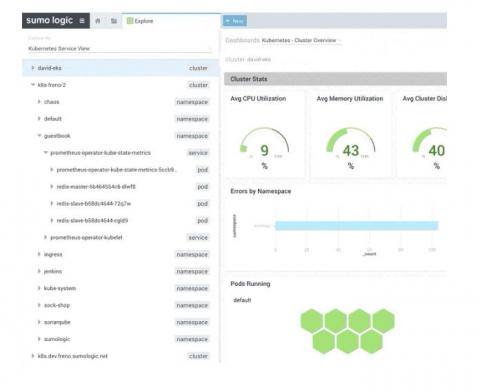Operations | Monitoring | ITSM | DevOps | Cloud
Latest News
2021: The Year We May Be Able to Predict
Monitor Amazon EKS Distro (EKS-D) with Splunk Infrastructure Monitoring
We are excited to partner with AWS in launching Amazon EKS Distro (EKS-D), the official Amazon Kubernetes distribution, which includes the same secure, validated, and tested components that power Amazon EKS. Splunk Infrastructure Monitoring provides a turn-key, enterprise-grade Kubernetes monitoring solution for Amazon EKS. Additionally, Splunk Infrastructure Monitoring provides out-of-the-box monitoring of Kubernetes Control Plane.
AWS Lambda Meets Container Images
Serverless architectures are all about offloading as much operational overhead to the cloud as possible. For the past six years, this primarily meant writing business logic as small pieces of code (< 250MB in size) that are zipped up and given to the cloud to run on demand. This simple model deceptively belies the true power of serverless applications. Because modern applications are often composed of a set of small microservices, each compute resource can itself be minimal in size.
Install Amazon EKS Distro anywhere
Today, we’re excited to announce that EKS is available outside of AWS, on any Ubuntu system, with the EKS snap. This announcement builds on the existing collaboration between Amazon and Canonical to ensure the quality, security, and usability of Ubuntu-based EKS clusters on AWS. “Amazon EKS Distro (EKS-D) builds on our productive collaboration with Canonical around Ubuntu on AWS, and allows us to expand EKS beyond AWS cloud on any machine running Ubuntu.
Sumo Logic partners with AWS to monitor Amazon EKS Distro
Virtana Launches First Unified Platform for Migrating, Optimizing, and Managing Hybrid and Multi-Cloud Environments
San Jose, CA, December 2, 2020 – Virtana today announced the industry’s first unified platform for migrating, optimizing, and managing application workloads across public, private, hybrid, and multi-cloud environments. Using artificial intelligence for IT operations (AIOps) technologies, including machine learning and advanced data analytics, the cloud agnostic Virtana Platform solves the most difficult challenges facing enterprises as they seek to leverage public clouds.
How to Build, Deploy, and Debug a Food Delivery App on AWS
The serverless technology feels as exciting and challenging as it was deploying our first app to the internet, seeing it come to life, work and also crash a lot. The latter happening more than we wanted at the begging, but later, when we managed to overcome that challenge, we felt like we could do anything. Depending on the interests, we could focus more on our code and leave that task of deploying, monitoring, and giving support for the apps to the DevOps guys.
Package your Lambda function as a container image
Today, AWS announced another major feature to the Lambda platform: the option to package your code and dependencies as container images. The advantage of this capability is that it makes it easier for enterprise users to use a consistent set of tools for security scanning, code signing, and more. It also raises the maximum code package size for a function to a whopping 10GB.
Monitoring from Backbone Nodes vs. Cloud Nodes
For today’s tech tip, we’re going to pivot away from our line items, and focus on the underpinnings of Catchpoint’s Monitoring Solution. The over 800 monitoring nodes we have positioned around the world include a wide range of node types, including backbone and broadband ISPs, cloud providers, mobile, and last mile, which, along with enterprise nodes, allow us to monitor the entire service delivery chain.











